The ancient royal road passed through the village, crossed Luu Bao, then followed the northern bank of the Huong River to Hoa Thanh, the capital of Trieu Phong (Le Nguyen Luu - Tay Son Dynasty inscriptions in Hue , printed in Hue Ancient Capital, Past and Present, Thuan Hoa Publishing House, 2005, p.658). If you come from the North, across Van Xa village, turn right to Khue Chu (now Que Chu) about a kilometer to reach La Chu territory, the royal road runs along the bank, after the market turn left, straight to Da hamlet to Bon Pho village, Luu Bao, then to Huong River. The length is about 2 kilometers, but the royal road runs through La Chu, following the course of history, marking many events associated with the rise and fall of many dynasties.
The most noteworthy and memorable thing is that King Ham Nghi and his entourage traveled on this road, which was no longer the royal road at that time, and stopped at La Chu village on July 5, 1885, which was May 23, At Dau year. Upon hearing the news, the villages held a ceremony to pay their respects to the king. Although they were in exile, the king and his entourage stopping at the village was a source of pride, something that other villages did not easily have. The group left, and the villagers carried water to the road to the wharf to supply supplies.
The sad event at that time attracted everyone's interest and curiosity, including me, wondering how long King Ham Nghi stayed in La Chu!
In the Vietnamese History Summary by Tran Trong Kim, there is a passage: “The French army saw our army suddenly attack in the middle of the night, not knowing what to do, they just silently defended. When they advanced to attack on the morning of the 23rd, our army was defeated and fled. Nguyen Van Tuong sent someone to the palace to request to take the king and the queen mothers to take refuge in Khiem Lang. When the royal procession was near the right gate, they met Nguyen Van Tuong who was already waiting there to escort the royal procession, but the order was given to Nguyen Van Tuong to stay behind to arrange everything. Nguyen Van Tuong obeyed the order and stayed behind. The royal procession passed through Kim Long village, up to Thien Mu pagoda, then Ton That Thuyet led the army to order the royal procession to go to Truong Thi… After resting for a while, Ton That Thuyet urged them to leave again, saying that the French army was about to catch up. On the evening of the 23rd, the royal procession stayed at a landlord's house, and on the morning of the 24th, they arrived at Quang Tri citadel in the evening. The governor Truong Quang Dan came out to take the royal procession to the Palace and placed soldiers to defend it.” (Literature Publishing House, 2015, pp.432-433).
Starting from the statement “One of the strangest characters in our French-Southern history, if there is no contradiction, it is the character of Mr. Hoang Ham Nghi”, Mr. A. Delvaux of the Paris Missionary Order wrote: “Mr. Tuong began to consider a way to retreat, he asked for a throne to escort the king, to help the king avoid the hands of the French army. Immediately, Mr. Thuyet arrived before the king, and he led the escort. The king, the Queen Mothers, followed by the Regent Nguyen Van Tuong, escorted by a group of soldiers equipped with machine guns, left the Palace at a little after seven in the morning. The escort left the Citadel through the Quang Duc gate, which was not yet blocked at that time, going upstream along the Huong River by passing in front of the old Moc Thuong warehouse, in front of the Chanh Nam gate or Mirador V (House of Do) up the Bach Ho bridge and passing in front of Thien Mu pagoda, then stopping at Truong Thi La Chu… The king withdrew and sat alone in a corner, only appeared at the time of departure… At about 4 or 5 pm, the escort began to move forward, somewhat disorderly; the group lost contact with the vanguard of the group for 2.3 kilometers, but finally the whole group arrived at Van Xa at nightfall. At cockcrow, the escort set off from Van Xa again, on July 6, and by 10 am, the procession arrived at the Quang Tri palace” (Friends of the ancient capital of Hue, volume 28, Thuan Hoa Publishing House, 2016, pp. 440-441).
With my limited knowledge of the land I was living in, I found the above argument to be the most well-founded, and so King Ham Nghi and his group stayed in my village for almost the entire day of July 5, 1885, spending the night in Van Xa, King Minh Mang's maternal hometown, where the people had better conditions to welcome the king and was less than 5 kilometers from Truong Thi.
Although he did not reign for long, King Ham Nghi's image and spirit live forever in people's hearts, transcending time and space, as a symbol of the desire for independence and freedom.
Source


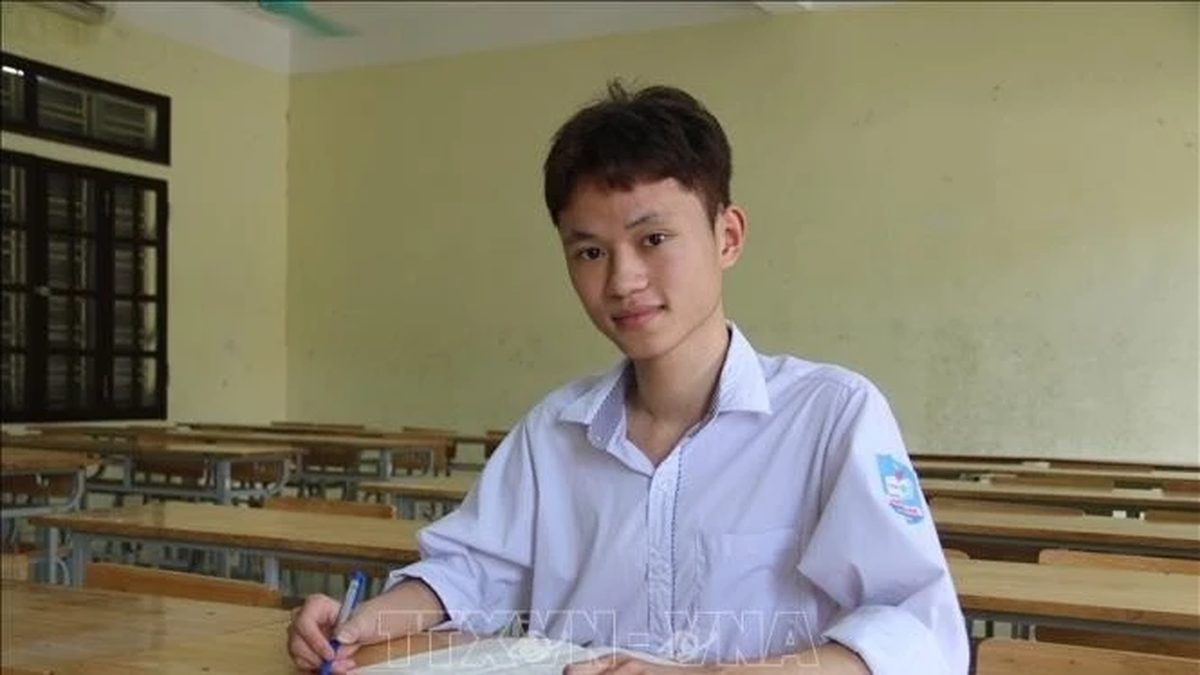
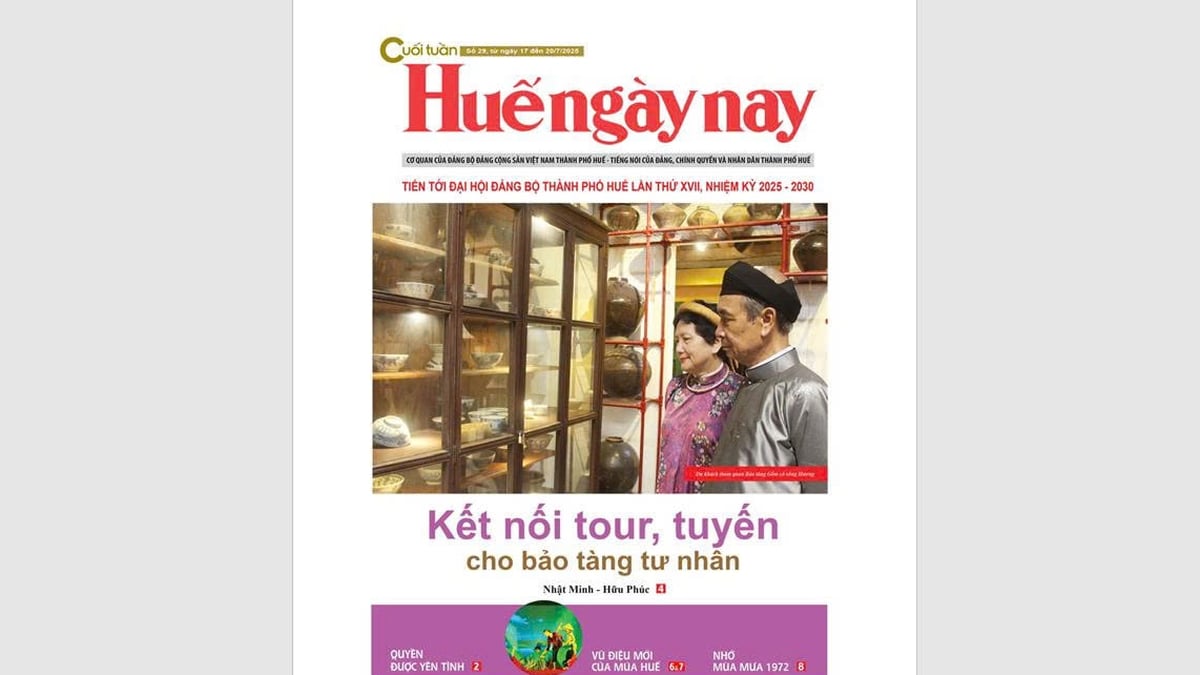
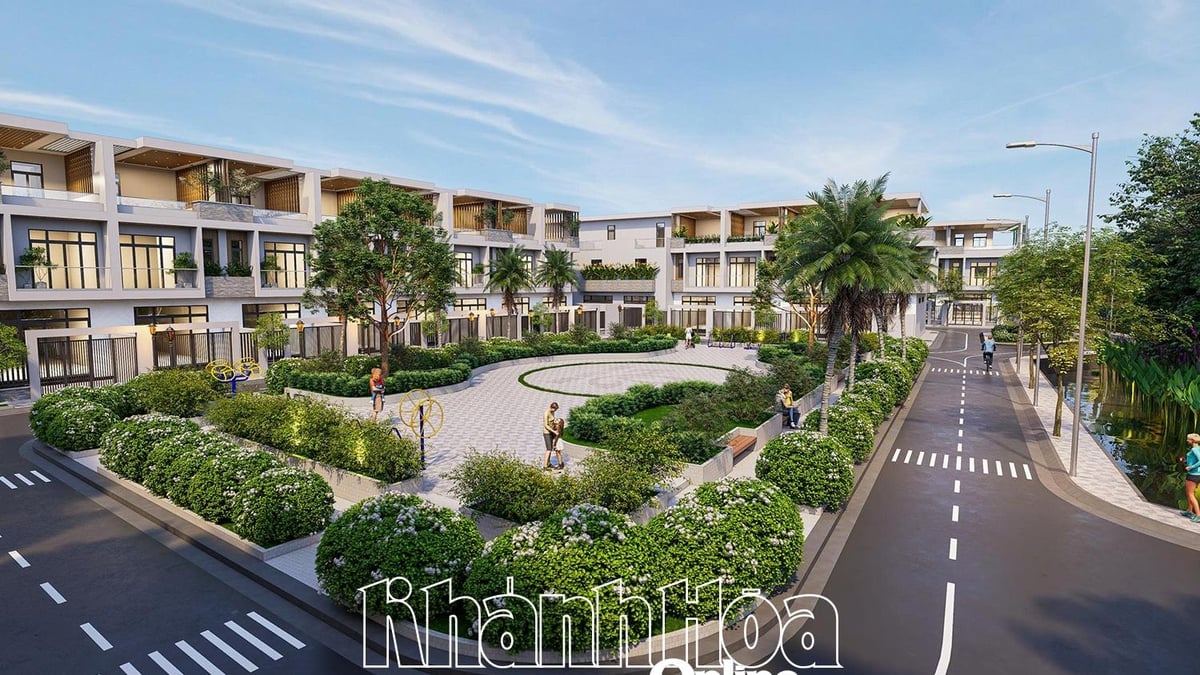
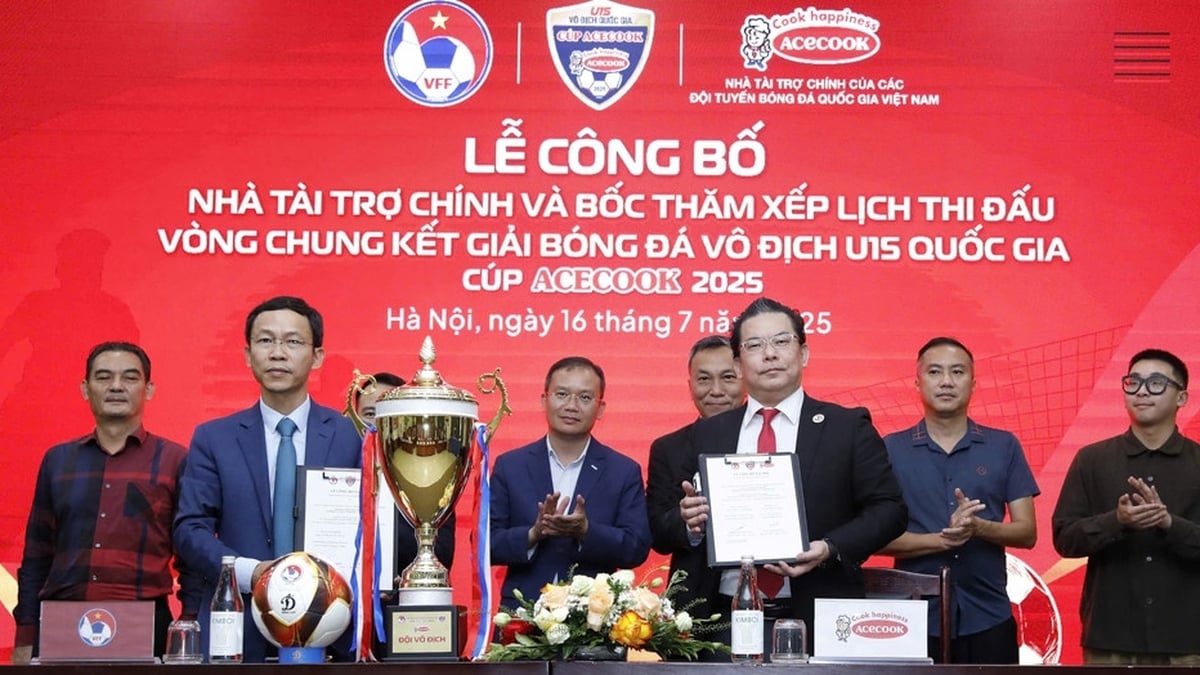
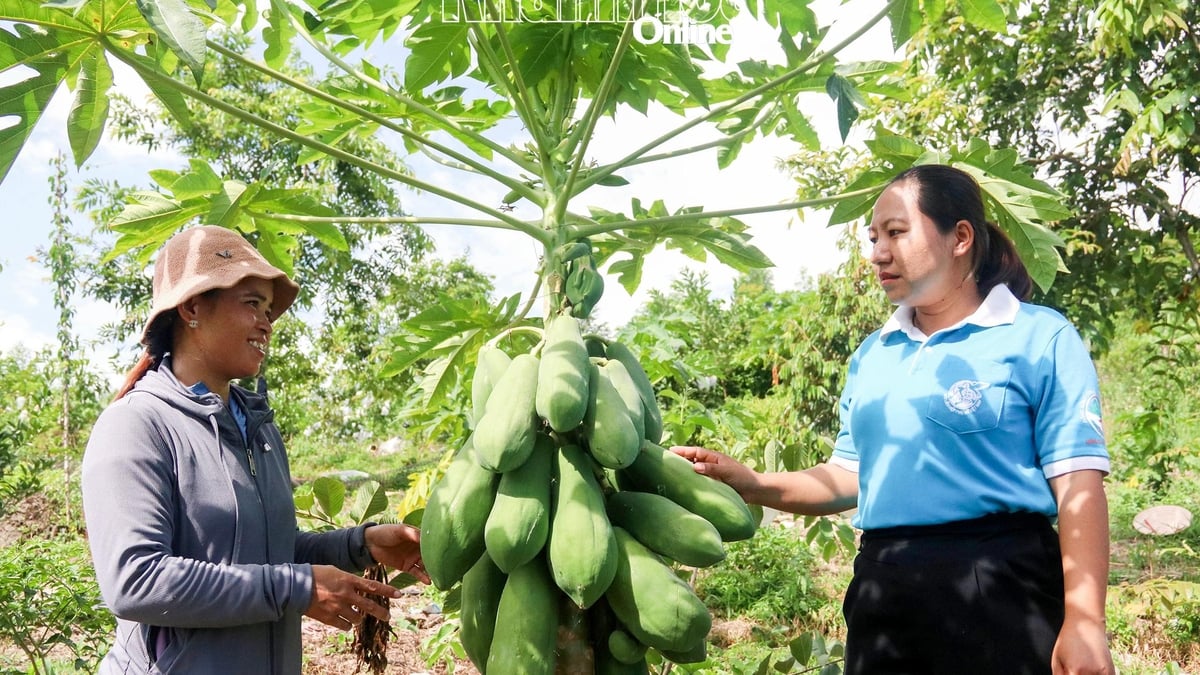



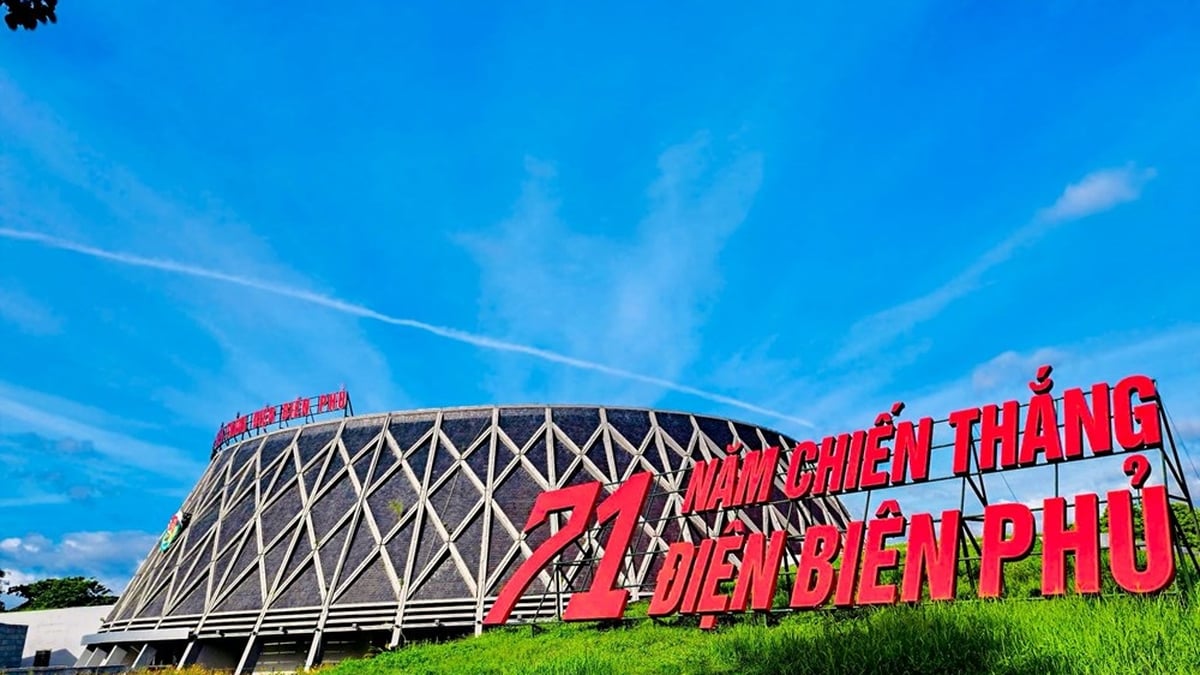
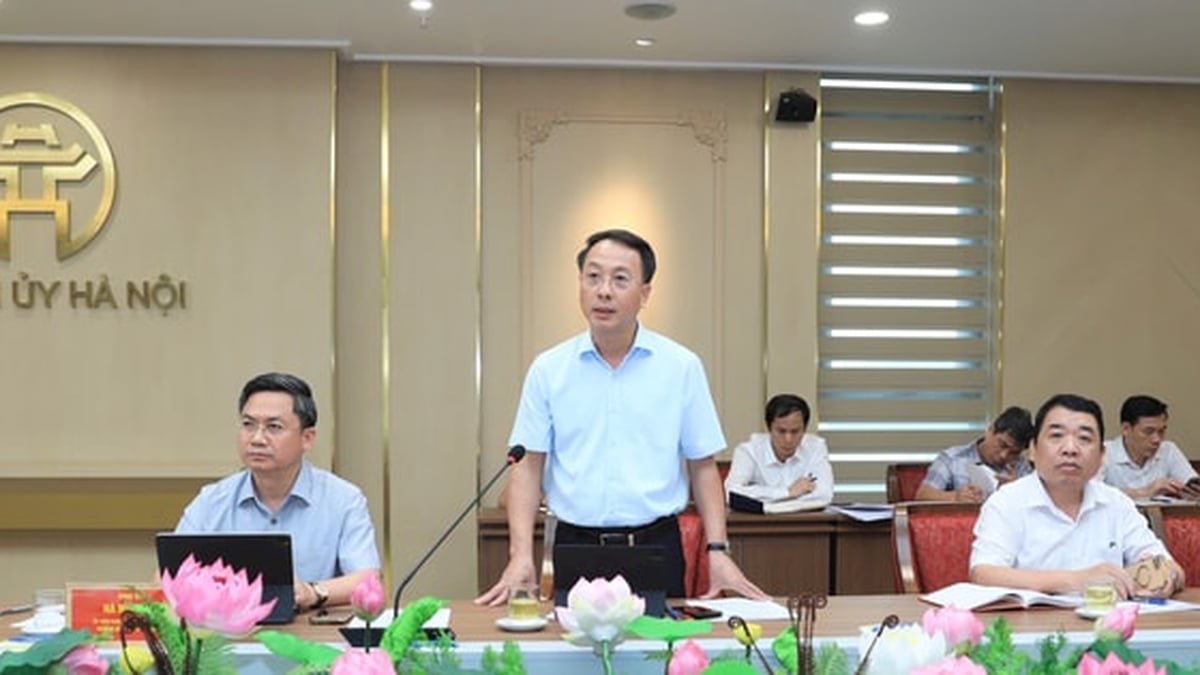








































![[Maritime News] More than 80% of global container shipping capacity is in the hands of MSC and major shipping alliances](https://vphoto.vietnam.vn/thumb/402x226/vietnam/resource/IMAGE/2025/7/16/6b4d586c984b4cbf8c5680352b9eaeb0)













































Comment (0)